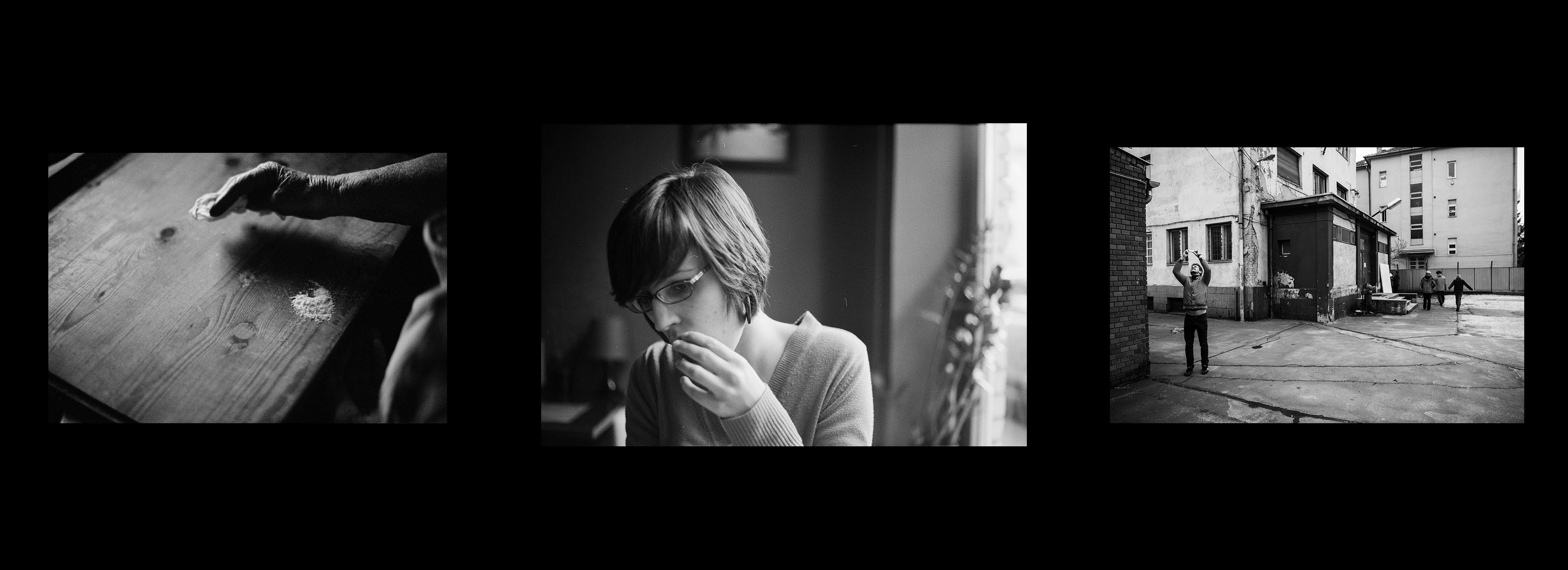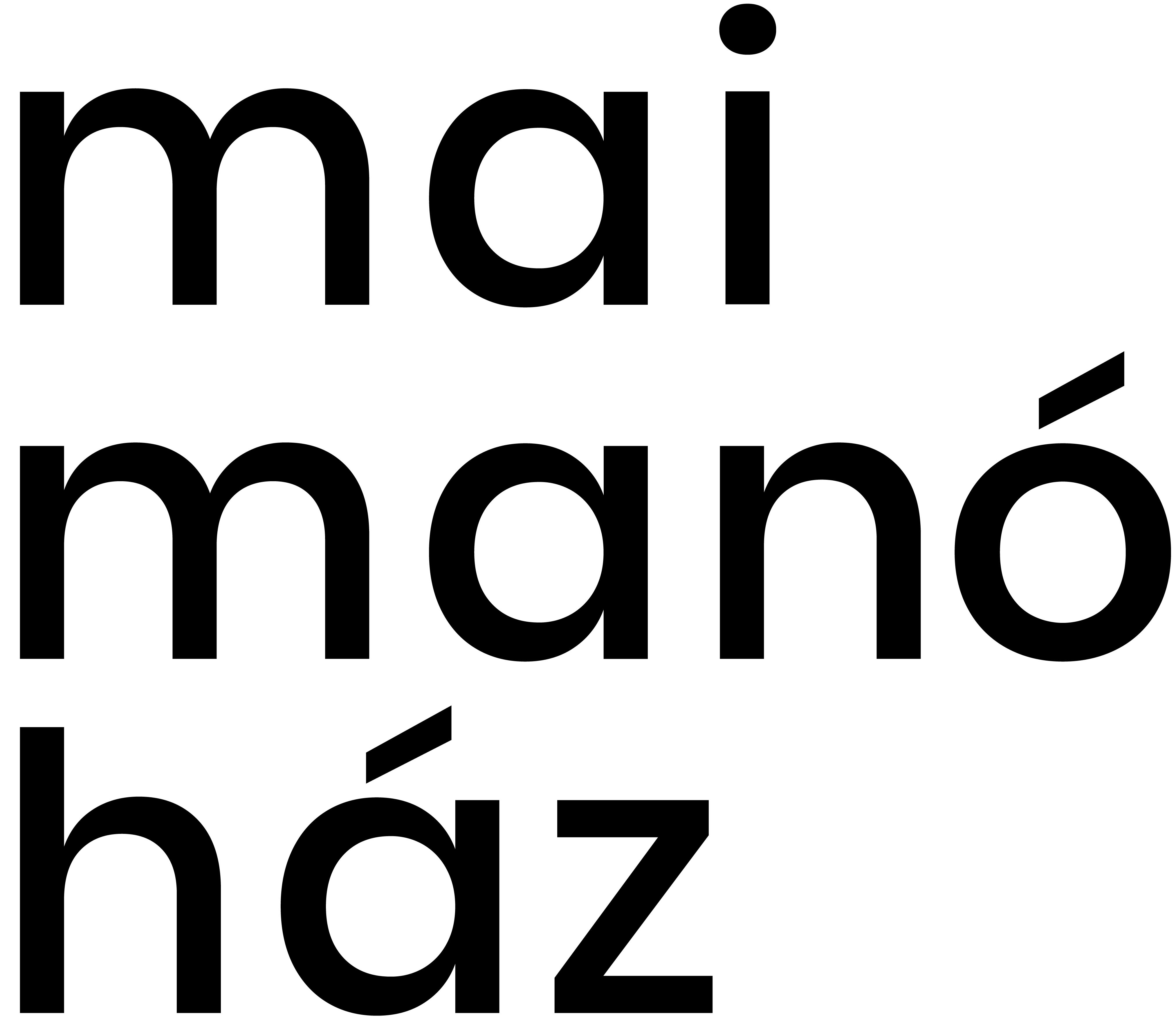Momentary Script III.
Comics
Exhibition of graduating BA students from Film and Media Institute at the University of Theatre and Film Arts, Budapest
Open to the public:
June 24 – August 28, 2016
weekdays: 2pm – 7pm
weekends: 11am - 7pm
Closed on public holidays
Artists:
BARANYAI István, BARCSAI Bálint, CSÁNKI Kata, DAOUD Dániel, DÓSA Bernadett, DUDÁS-IJJAS Teréz, FARKAS Ádám, FATÉR Ambrus, FILÓ Vera, FREUND Ádám, FÜRI Katalin, GORÁCZ Vanda, GRÜNVALSZKY Ágnes, GYURICZA Mátyás, HORVÁTH János, JUHÁSZ Péter, KERTÉSZ Zsanett, KÉZDI Klementina, KIS Hajnalka, KÓRÓDI Dániel, KÖLCSEY-GYURKÓ Levente, KŐVÁRI Szabolcs, LÁNYI Zsófia, MAJOROS Zsolt, MÁLNÁSI-CSIZMADIA Eszter, MEZŐ Dorottya, NYOSZOLI Ákos, OLÁH Medárd, ÖRDÖG Zsófia, PONGOR András, RUDAS Mariann, SARKADI András, STARK Ervin, SZABÓ Zsuzsanna, SZAKOS Kriszta, SZÉLES Eszter, VAJDA Gergely, ZÁNDOKI Bálint
Curators: Gabriella Csizek curator of Mai Manó House and Katalin Füri art historian



The House of Hungarian Photographers – Mai Manó House hosts the exhibit from the works of Film and Media Studies majors of the University of Theatre and Film Arts, Budapest for the third time. By definition of the series title, the exhibition is based on a relationship between text and photo. In previous years, photographs were thematically showcased under the titles Reaction and Constellations. Cinematic vision of cinematography, directing and dramaturgy students, for a moment, comes to a rest and is expressed through still photos.
This year’s keyword – Comics – provides a much broader scope than the abstract topics of previous years. While maintaining its language, we expanded the logical framework of the narrative visual genre wedged between fine arts and film towards both still images (and not just photographs) and film. As such, we meddled with the exhibition trend embedded in the usual photographic setting and use the relationship between image and text more freely by presenting it through a variety of media.
According to Scott McCloud’s definition, comics are a sequence of images in a given order, made with the purpose of conveying information and triggering an aesthetic experience. The definition is succinct, objective and fortunately not restrictive. A significant part of the exhibited film-experiments examine the relationships between image sequences and the textual context while pushing the boundaries of the traditional comic strip form.
Graduating students of the University’s Film Institute all took part in creative fine arts projects. The University’s 6×6 class: editors, production managers, cinematographers, sound engineers, directors, and dramaturgs worked together, just like movies are made through the joint work of various departments. Here, the cooperation might have been a little more democratic. Groups were arranged along ideas, and pieces were developed and finalized through joint creative processes.
The openness and diversity inherent to the comic strip genre inspired young artists from the field of cinematic arts in multiple ways in terms of compositional possibilities and logical systems. The exhibition on the mezzanine floor of Mai Manó House awaits visitors with an educational comic strip of a political tone; a moving comic book installation; a family album exploiting the interactive possibilities of storytelling and social documentary photography; a love pamphlet-fanzine; and auteur photo series as well as triptychs in the tradition of Manó Mai.
Gabriella Csizek, Katalin Füri
“The camera is the most reliable tool for acquiring the skill of objective seeing.”
László Moholy-Nagy
In Hungary, the training of film directors and cinematographers began at the College of Theatre and Film with the leadership of Béla Balázs, Géza Radványi, and Gyögy Illés in 1949. Over the course of many decades in teaching cinematography, many graduated whose movies have since earned both national and international success. High-quality cinematic expression in these movies gave birth to the later deservedly world-famous ‘Hungarian school of cinematography.’
Practicing with photographic devices used for taking still photographs, getting to know the regularities of photographic expression and its visual perception remain important stepping stones in the now university-level curriculum. Since photography, similarly to other forms of visual arts, is based on vision, photographic exercises primarily teach students how to see. They prepare them how to make the world around them be seen with the help of their camera while, at the same time, capturing any changes in lights and shadows and embracing the joy of recording these moments.
Kosztolányi, the Hungarian author, writes: “Objects are static points of our lives swishing by.” In his spirit, first-year photographic exercises begin with taking pictures of human-made personal objects under natural as well as artificial lights. Photographic studies aim at teaching students to visually interpret various forms, materials, surfaces, and light effects; it also encourages them to recognize the inner nature of objects created by humans and to acquire the ability to compose man himself through the language of photography later. An additional goal is to enable students to explore content that concerns human existence and have, so far, been hidden.
The philosophy of teaching cinematography is parallelism; students have to discover the world around them with their cameras, and then later, they have to reconstruct the world through their creativity while taking into consideration the particular features of the genre. In the meantime, they also come to realize that there is nothing in our world that would not be worth translating into a visual experience through the language of photography in a two-dimensional space.
Tibor Máthé, cinematographer
No admission fee.
